On one of those dark-too-early winter afternoons that might as well be midnight, I assessed my Subaru’s all-wheel drive capabilities with a slick spin up a long, snow-covered driveway. My destination: the sugar shack.
Scott and Kelly Kolesar live on a piece of property Kelly’s great-grandfather homesteaded. And for all I know, standing on the clear-cut hillside that’s only ever been disturbed by the planting of some potatoes and strawberries and the hooves of cattle that grazed it decades ago, I could be right back in those early days of central Pennsylvania’s settling.
The sky is clear and dark, with no light pollution to speak of, and diamonds twinkle above. The Kolesar home glows as a North Star up ahead, and another beacon next door serves as Halley’s Comet. It’s the sugar shack, which shows up once a year for about a month while the Kolesars produce maple syrup.
“Produce” maple syrup is a general term. You can call it “sapping,” “boiling,” “syruping” or my personal favorite, “sugaring.”
“If you can boil water, you can make syrup,” Scott assures me.
Scott is a renaissance man whose bristling (and majestic) whiskers belie a gentle nature underneath. The contrast makes perfect sense, though. Being able to boil may be the basic element of making maple syrup, but there’s a whole lot of Grizzly Adams activity involved in the Kolesars’ enterprise — chopping wood, managing the maple grove, building fires, drilling trees in freezing temperatures, transporting heavy buckets full of sap — which results in something subtle and sweet, the consuming of which constitutes a quasi-spiritual experience.
A short, crunchy walk in the white stuff brings us to the sugar shack, where Scott has a roaring fire going in an evaporator he built himself using the bottom half of an old coal furnace and a lot of scrap metal. Though it’s too early to boil any sap (the trees usually start releasing it in mid-February), with the steam rising from the continuous-flow pans and the neat stack of logs cut to about the dimensions of Paul Bunyan’s toothpick, it’s easy to appreciate that this is a Serious Operation.
The sugar shack wasn’t always so sophisticated, though. In 2007, Scott started “really small,” and for eight years afterward was in his Trial-and-Error Era.
“It was a turkey cooker and a pot, and I sat out here in the shed for hours on end boiling this sap,” he recounts. “I only tapped one tree, and the one tree was way more than what I could handle. So I thought, ‘That’s not going to work. If I’m going to do this, I better up my game.’”
Scott moved to a steel drum he cut in half and attached grates to; two years later, it was time to expand his operation once again, and instead of buying an evaporator, he took his “really smart” wife’s advice and constructed his own (he also later built the sugar shack itself with his own hands), which moved his boiling from four or five gallons of sap per hour to twenty gallons.
All this time, mind you, Scott was boiling at a shack about three miles down the road, which meant that during sugaring season, Kelly considered herself “the sap widow.”
“I’d go to work during the day, be off at 3 o’clock in the afternoon, and then go out and boil ’til eleven or twelve at night for four to six weeks.”
Nonetheless, those long hours alone in the cold, dark woods did serve Scott well.
“When you’re in the sugar shack for hours by yourself, your mind turns,” he says. “You think, ‘What can I make better?’”
Scott ended up making his maple syrup so much better that last year, his Grade A amber syrup in glass won first prize at the Pennsylvania Farm Show, a feat that was aided by a move 500 feet up the mountain, where the terroir lends a vanilla flavor that Scott says people have remarked is unique and “almost fruity.”
“Sugar sands are what the tree pulls up from its roots,” Scott says. “Whatever the tree pulls up — clay, sandstone, limestone — those minerals are within the tree.” (Maple syrup is also high in antioxidants and other nutrients.)
Along the way, Scott has also become an amateur meteorologist. You know it’s time to start tapping trees when it gets above forty degrees during the day and thirty degrees at night for an extended period, he tells me.
“I start watching the extended weather forecast normally right around Christmas. I watch four or five different platforms. I follow the jet streams and track the temperatures in Alaska.”
When it’s time to start tapping trees — the Kolesars are up to seventy now — they have everything ready to go: their sap buckets cleaned and prepped, their firewood dried, the sap and syrup pans level and waiting.
“Once you start, you don’t stop,” says Scott. “I liken it to milking cows. Those cows need milked every day, every day. It’s the same thing here. Those buckets need emptied every day.”
Last year, the Kolesars boiled 900 gallons of sap and produced about seventeen gallons of syrup. It’s a family affair, with Kelly keeping Scott company in the shack at night and their son Sam “helping out a lot.”
“Once the locals find out I’m boiling, they’ll stop in, especially on nights like tonight. When it’s so cold outside, it’s not so cold in here! It’s nice and cozy.”
And when it’s summer, and Scott goes to his larder to get out the maple syrup for the family’s pancakes, it’s a magical feeling.
“The reason maple syrup tastes so good is because there’s love in every jar,” Scott says. “You have to love to do it.”
This article was originally published in The Spectator’s March 2024 World edition.



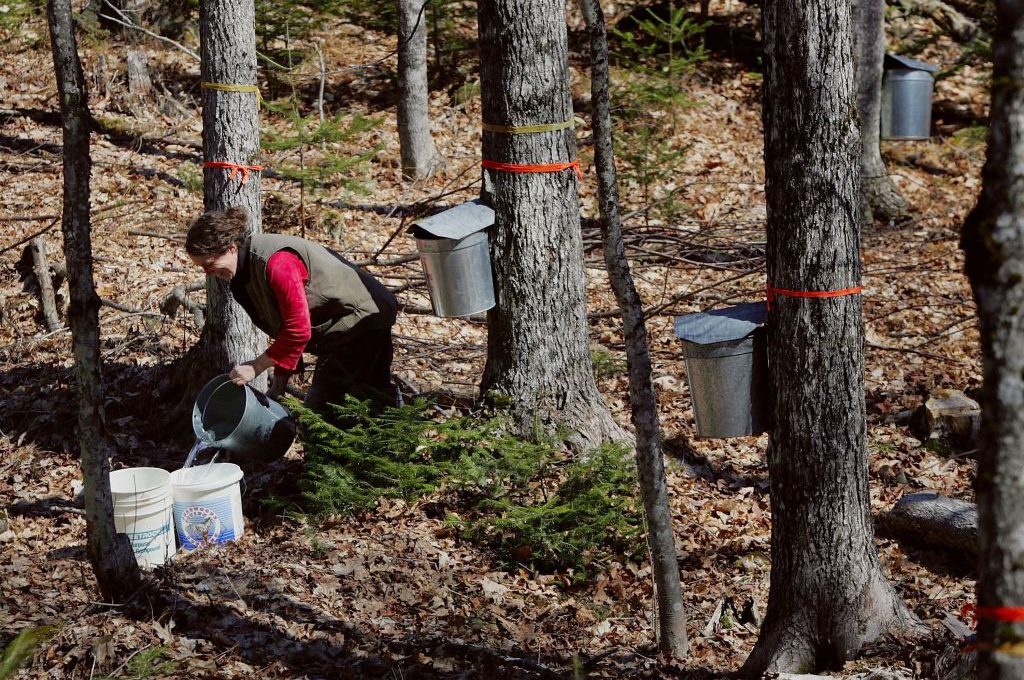







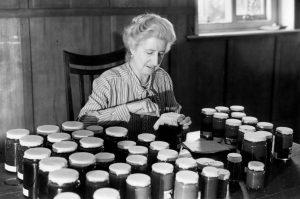
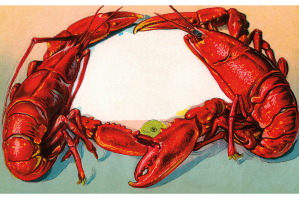

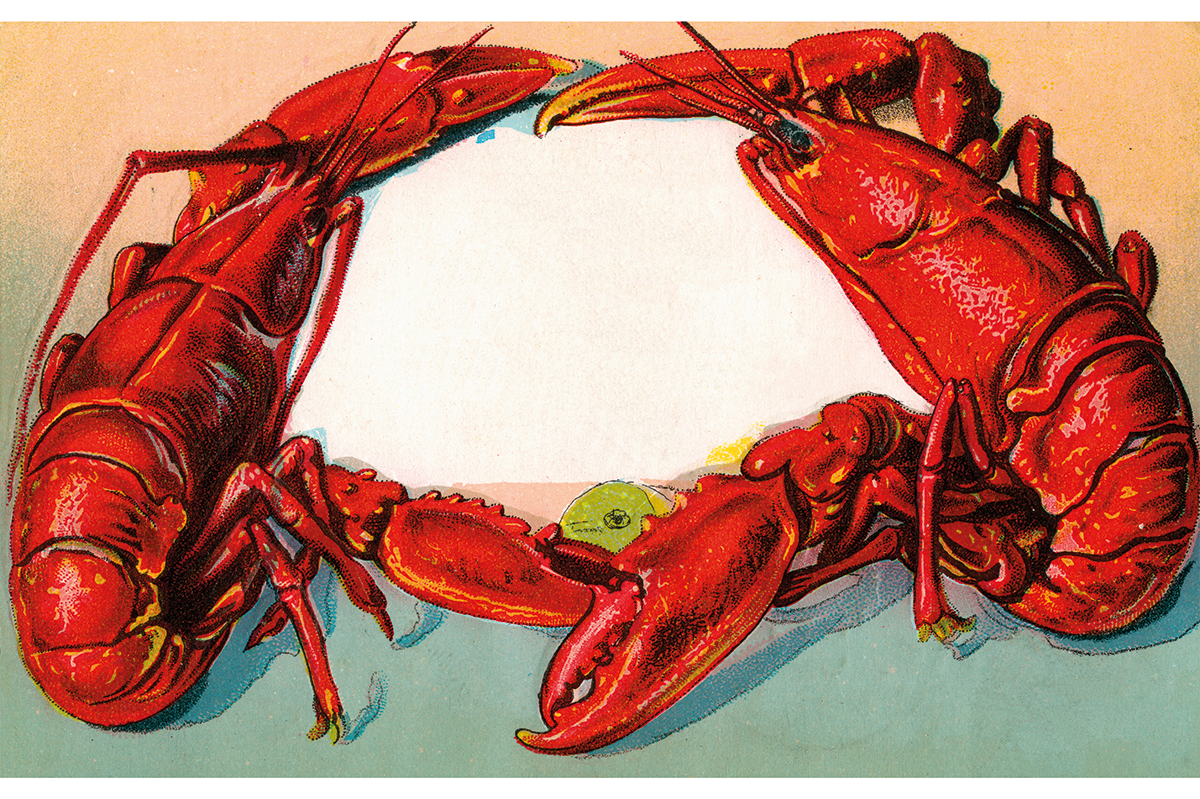
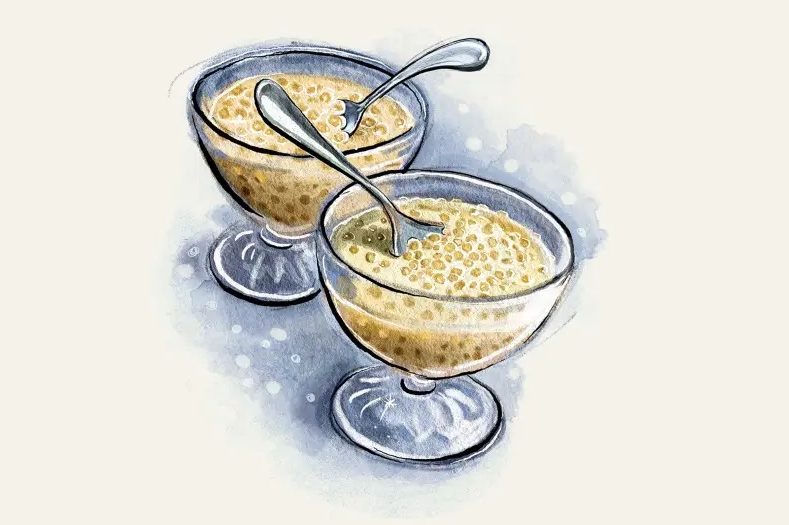
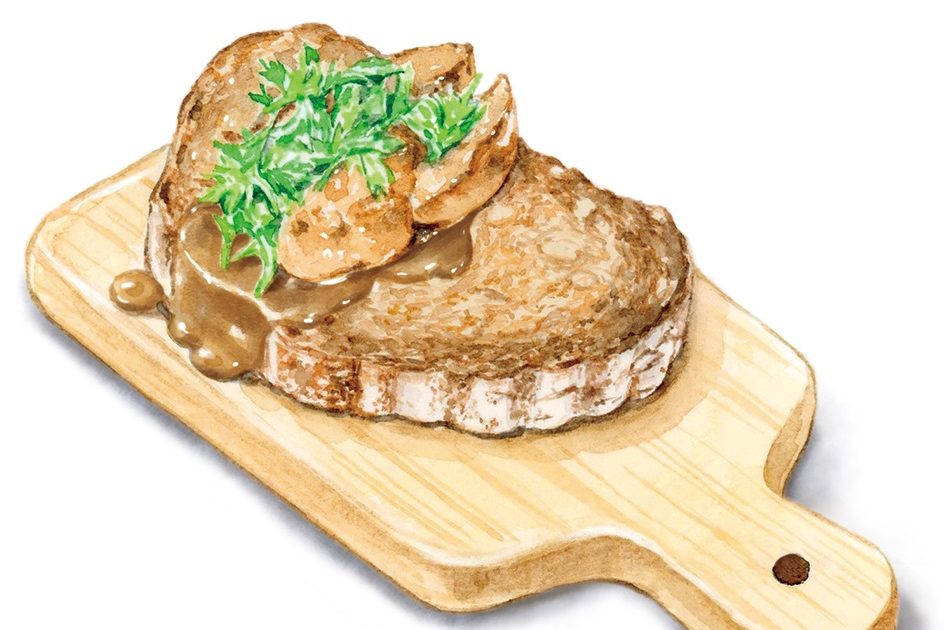
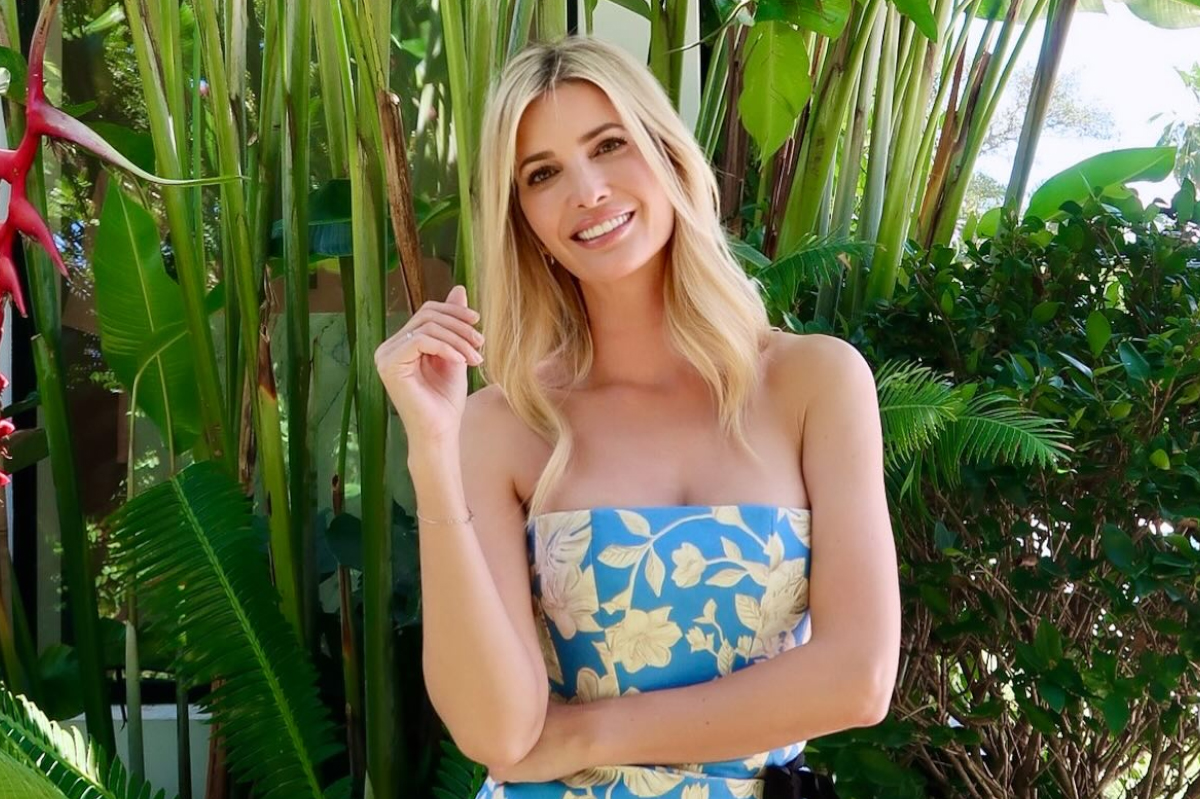
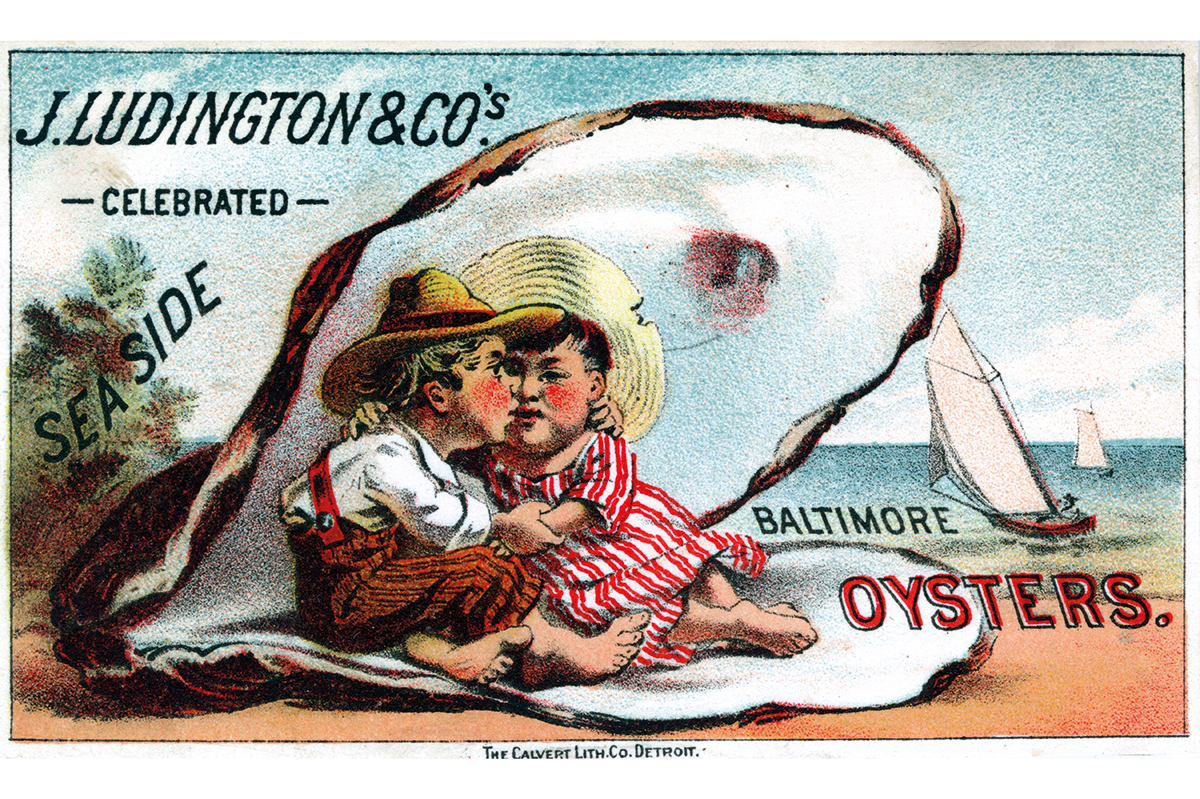







Leave a Reply